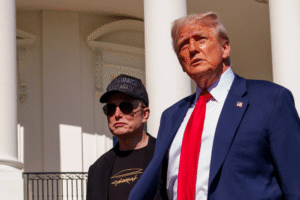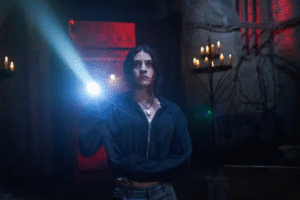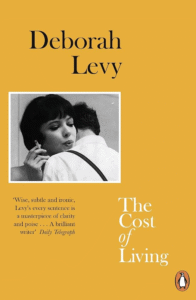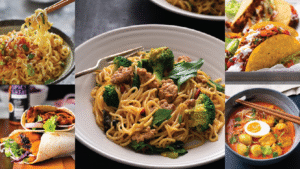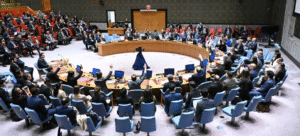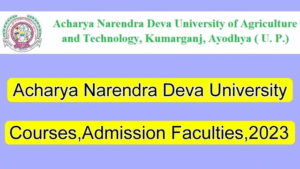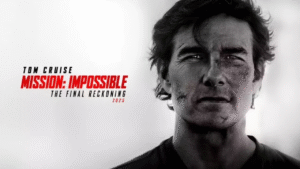The Digital Brushstroke: How Digital Art is Reshaping Traditional Art Forms
The advent of digital art has irrevocably altered the artistic landscape, presenting both unprecedented challenges and exciting opportunities for traditional artists. From the rise of digital painting and illustration to the integration of technology into traditional mediums, the impact of digital art is undeniable. We will explore the multifaceted ways in which digital art is reshaping traditional art forms, examining the challenges it poses and the innovative avenues it opens up for artists working in traditional media.

The Challenge of Accessibility and Perception
One of the most significant challenges presented by digital art is the accessibility and ease of creation it offers. Digital tools often streamline the artistic process, allowing for quick iterations, easy corrections, and a wider range of effects than traditional mediums. This can create a perception that traditional art forms are more difficult, time-consuming, and less accessible, potentially discouraging aspiring artists from pursuing them. Furthermore, the proliferation of digital imagery can create a sense of saturation, making it harder for traditional artists to stand out and gain recognition in a visually overloaded world.
Market Shifts and the Value of Art
Another challenge lies in the shift in the art market and the way art is valued. The rise of digital art has created a new category of art that exists primarily in the digital realm. This can make it difficult for traditional artists to compete for attention and sales, as the perceived value of digital art, particularly NFTs, can sometimes overshadow the established value systems of traditional art. The ease of reproduction and distribution of digital art also poses a challenge to the concept of originality and ownership, which are central to the traditional art market.
Digital Tools as Enhancements for Traditional Art
However, the impact of digital art on traditional art forms is not solely negative. It also presents a wealth of opportunities for traditional artists to expand their creative horizons and engage with new audiences. Digital tools can be used to enhance traditional art forms in various ways. For example, artists can use digital imaging software to create preliminary sketches, experiment with different compositions and color palettes, and even create digital mock-ups of their finished pieces. This can streamline the creative process and allow artists to explore new ideas and techniques before committing to a final piece.
Expanding Reach and Building Community Through Digital Platforms
Furthermore, digital platforms offer traditional artists new avenues for showcasing and selling their work. Online galleries, social media platforms, and e-commerce websites provide artists with access to a global audience, bypassing the limitations of physical galleries and exhibitions. This can be particularly beneficial for emerging artists who may not have the resources or connections to navigate the traditional art world. Digital platforms also allow artists to connect with other artists, share their work, and learn from each other, fostering a sense of community and collaboration.
The Fusion of Mediums: New Creative Possibilities
The cross-pollination between digital and traditional art forms is another exciting development. Many artists are now combining digital and traditional techniques, creating hybrid works that blend the best of both worlds. For example, an artist might create a digital painting and then use it as a reference for a traditional oil painting. Or they might use digital tools to create a print of a traditional artwork, adding digital enhancements to create unique and limited-edition pieces. This fusion of mediums opens up new creative possibilities and allows artists to push the boundaries of their chosen art forms.
A Dynamic Interplay Shaping the Future of Art
In conclusion, the impact of digital art on traditional art forms is complex and multifaceted. While it presents challenges in terms of accessibility, market competition, and the concept of originality, it also offers exciting opportunities for traditional artists to enhance their creative process, reach new audiences, and explore new artistic avenues. The future of art likely lies in a dynamic interplay between digital and traditional mediums, where artists embrace the possibilities of technology while preserving the unique qualities and enduring value of traditional art forms. The digital brushstroke is not a replacement for the traditional one, but rather a new tool in the artist’s arsenal, expanding the possibilities of creative expression and shaping the future of art in exciting and unpredictable ways.












